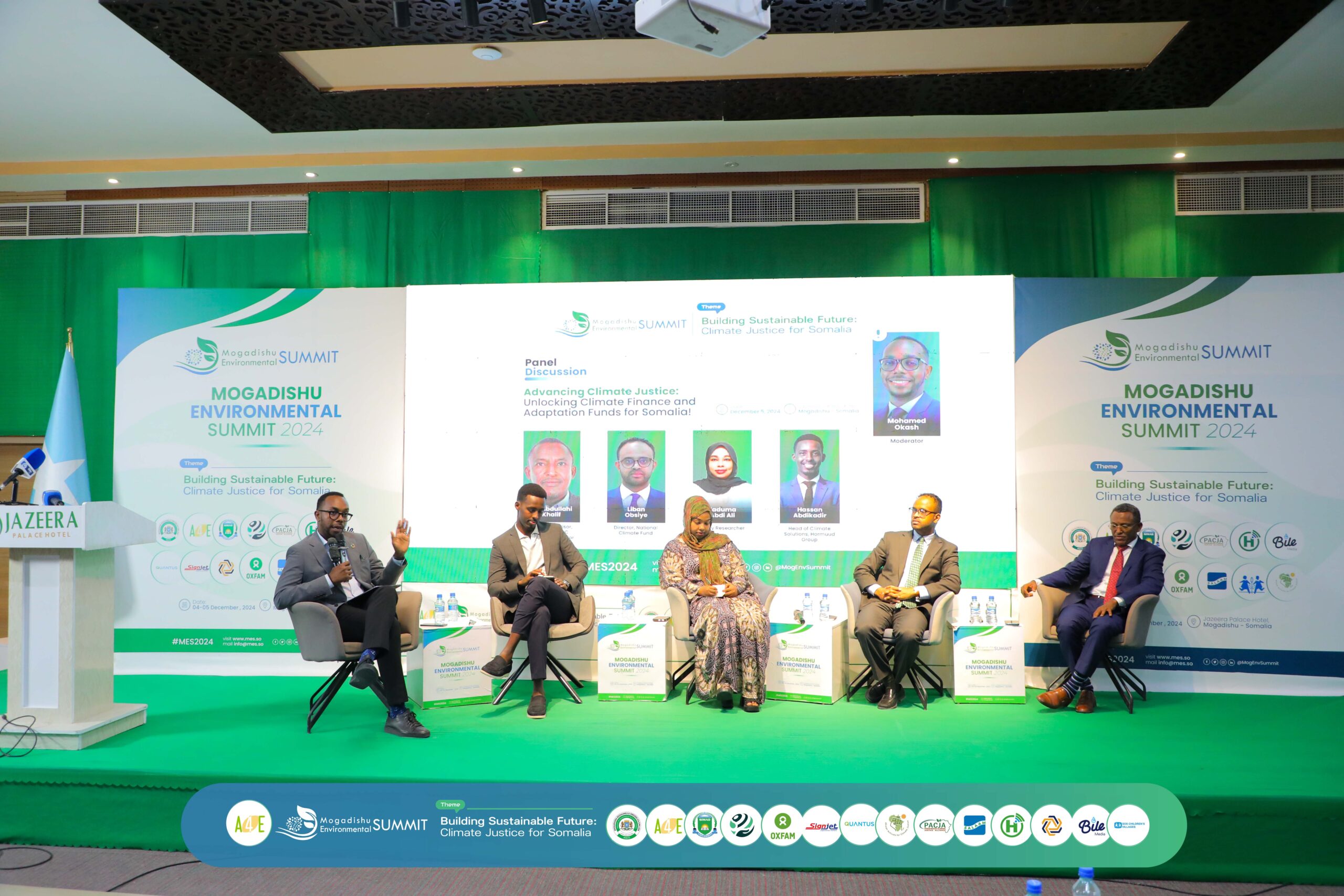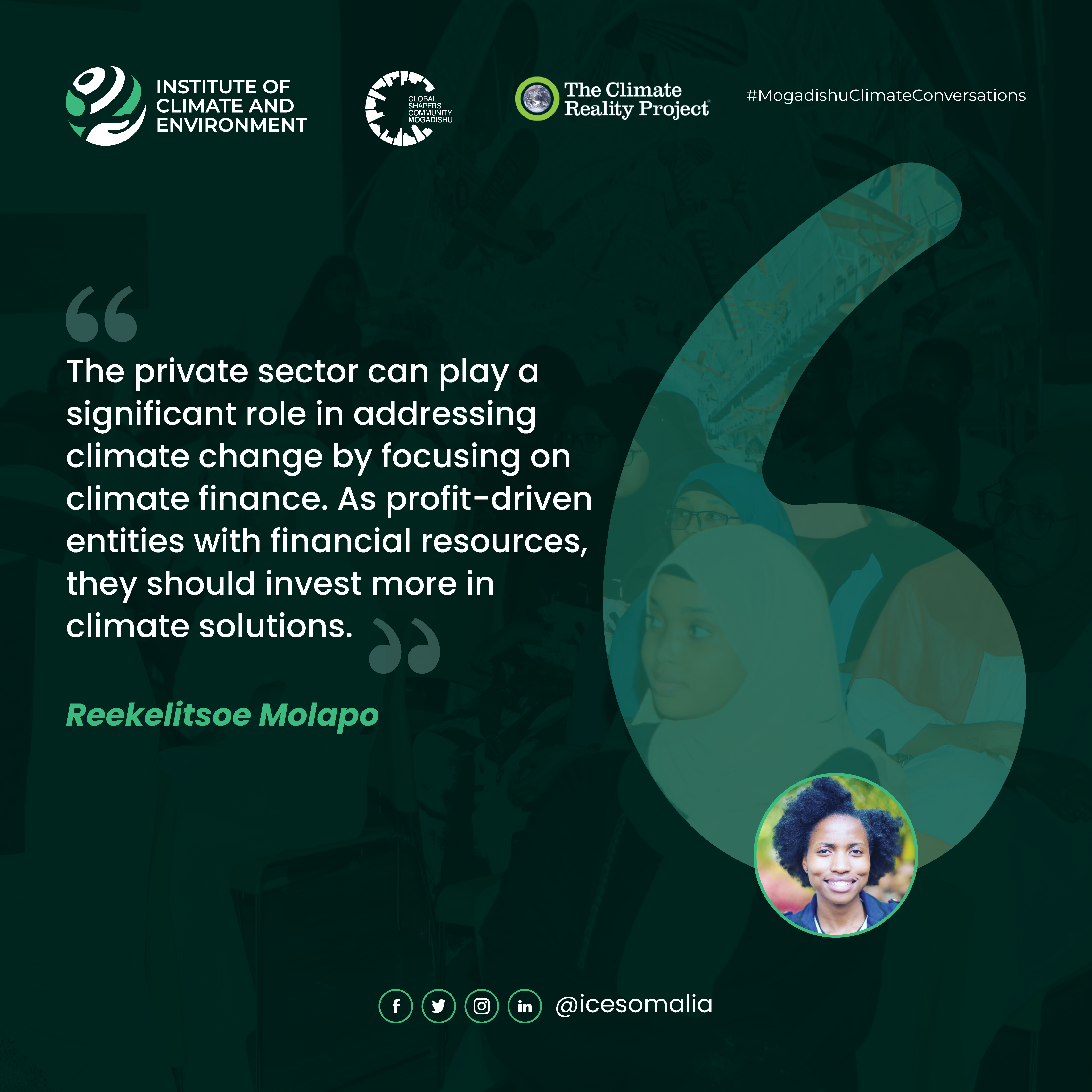
Climate Change in Somalia Explained!
Climate change is having a profound impact on Somalia, making it one of the most climate-vulnerable countries in the world. Despite contributing minimally to global greenhouse gas emissions, Somalia faces the harsh consequences of climate change, including regular flooding and prolonged droughts that threaten agriculture, food security, and socioeconomic stability. In this context, it is crucial to explore the causes and effects of climate change in Somalia, as well as the strategies being undertaken to address this pressing issue. In this piece, Definitive answers are provided to the big questions which you might have been seeking for answers.
Is climate change happening in Somalia?
The global climate index ND-GAIN indicates that Somalia is the second most climate-vulnerable country in the world and one of the least prepared to deal with climate challenges while being one of the countries with the lowest contributions to global greenhouse gas emissions. As a result of climate change, the nation is dealing with regular flooding and protracted droughts. These extreme weather occurrences, which have a detrimental effect on Somalia’s agriculture, livestock, food security, and general socioeconomic stability, are directly caused by climate change. The changing climate patterns exacerbate water scarcity, agricultural failures, and community vulnerability, posing serious obstacles to the nation’s development and welfare.
Who is behind climate change?
Human actions, particularly the emission of greenhouse gases into the atmosphere, are the main contributors to climate change. These gases, like carbon dioxide, trap heat and cause global warming, which has a huge effect on the climate of the Earth. Since the Industrial Revolution, people have been a major factor in climate change because they collect and burn fossil fuels like coal, oil, and gas, which significantly increases the greenhouse effect and releases large amounts of carbon dioxide into the atmosphere. Deforestation and changes in land use are also very important because trees serve as natural carbon sinks, absorbing and storing carbon dioxide. However, extensive deforestation, especially in places like the Amazon rainforest, releases carbon dioxide that has been sequestered back into the atmosphere, increasing greenhouse gas emissions.
Why should we worry about the warming rate of the earth?
Climate is the long-term average of those circumstances over a 30-year period, whereas weather refers to the changing meteorological conditions we encounter on a daily basis. Even while a rise of 2 degrees Fahrenheit may not seem like much of a shift in the weather, it has substantial effects on the climate. This degree of warming is sufficient to cause ice to melt, which will cause sea levels to rise and endanger coastal regions. Global shifts in rainfall patterns brought on by climate change can have an effect on agriculture and ecosystems. Because of the significant effects that climate change is having on our environment and society, we should be concerned. It is easier to underline the importance of even slight temperature rises when you are aware of the distinction between weather and climate.
Are the droughts and floods linked to climate change?
Climate change also has an impact on the frequency of floods. An increase in the severity of heavy precipitation events is correlated with rising temperatures. Storms produce more severe rainfall because warmer air can contain more moisture. As a result, these heavier downpours frequently cause flash floods and river flooding. Both droughts and floods are significantly influenced by climate change. Droughts are a natural phenomenon brought on by climatic variability, but climate change intensifies and magnifies their effects. Due to rising temperatures, one of the major ways climate change causes droughts is via increasing evaporation rates. It gets drier and there is less water available as temperatures rise because of more water evaporation from the land, the plants, and the water bodies.
Is there evidence of changes in biodiversity in Somalia due to climate change?
With its wide coastline, Somalia is home to a variety of thriving marine habitats including coral reefs. However, the nation is presently experiencing a serious biodiversity crisis, as evidenced by a sharp fall in the number of species and the quality of the environment. Significant areas of Somalia’s natural environment have been lost during the past several decades, putting many plant and animal species in danger of extinction. Violence, overfishing, pollution, invasive species, and natural disasters like tsunamis are the primary threats to biodiversity. Degradation and loss of habitat further add to the situation. According to the IUCN Red List 2015, 168 species, including animals and plants, are found in Somalia. Somalia’s loss of biodiversity has far-reaching effects on agricultural output, livestock, and the country’s economy as a whole.
How is climate change affecting agriculture and food security in Somalia?
Changes in precipitation patterns, a rise in the frequency and intensity of droughts and floods, and soil degradation are all signs of how climate change is affecting Somalia. As a result of the disruption caused by these changes, crop growth and production are reduced, which in turn contributes to food insecurity. The availability of water for irrigation is affected in certain locations by shifting rainfall patterns. Increased droughts and floods also place further restrictions on agricultural methods by reducing the amount of available land and interfering with crop development. Additionally, soil degradation brought on by climate change has a detrimental influence on fertility and hinders crop development. The agricultural industry in Somalia faces enormous obstacles as a result of these interrelated problems, which also emphasize the pressing need for long-term solutions to secure food security in the face of climate change.
What are the best ways to tackle climate change in Somalia?
In order to combat climate change in Somalia, a comprehensive and multifaceted strategy is required. This entails tackling the underlying causes of the problem, making accommodations for climate adaptation, and strengthening resistance to its consequences. Promoting renewable energy sources like solar and wind power, increasing energy efficiency across various industries, investing in climate-resilient infrastructure, encouraging climate-smart agricultural practices, and strengthening disaster risk reduction and management are some key strategies to combat climate change in Somalia. By putting these steps in place, Somalia may mitigate the adverse impacts of climate change, enhance its sustainability, and safeguard its inhabitants from these effects.
Are there any existing policies or strategies in Somalia to address climate change?
Somalia’s existing system of environmental governance is new and under work progress, with insufficient institutional and legislative frameworks. In August 2023, the Ministry of Climate Change and Environment was formed to be at the forefront of mobilizing different stakeholders in the face of climate change.
Since then, Somalia has been making progressive strides to pass laws most recently including National Environmental Policy. In addition, Somalia has created National Determinants Contributions (NDCs) which outline the precise steps that will be taken to mitigate and adapt to the effects of climate change. The goal of this strategy is to increase community and institutional resilience and their ability to endure and recover from climate change-related disasters.
How can individuals in Somalia contribute to addressing climate change?
Building a climate-resilient Somalia depends on meaningful cross-sectoral involvement and inclusive engagement from diverse stakeholders with a people and planet-centered approach. Numerous steps can be taken by individuals to tackle the cascading planetary crisis in Somalia, namely biodiversity loss, environmental degradation, and climate change. Greening minds is a prerequisite for greening Somalia. Challenging our thinking and mindset towards nature needs radical change. Most of the current crises we face in the fight against climate change are the result of anthropogenic climate change. To challenge the way, we deal with nature demands adopting nature-conservative thinking towards sustainable practices that don’t harm the planet and the well-being of the natural ecosystems. One simple example could be questioning the amount of waste we produce including plastics and how we manage our consumption of food, energy, water and more. Also, Individuals can embrace a continuous learning mindset to enhance their knowledge and skills on climate. Familiarizing with climate concepts is critical to achieving net zero and the Sustainable Development Goals (SDGs). Additionally, there are a lot of meaningful actions that can be taken by everyone. Raising the warmness of communities through social media, and community meetings can be very useful. Building Social enterprises that address the climate crisis can also amplify the voices of climate champions in the communities.







